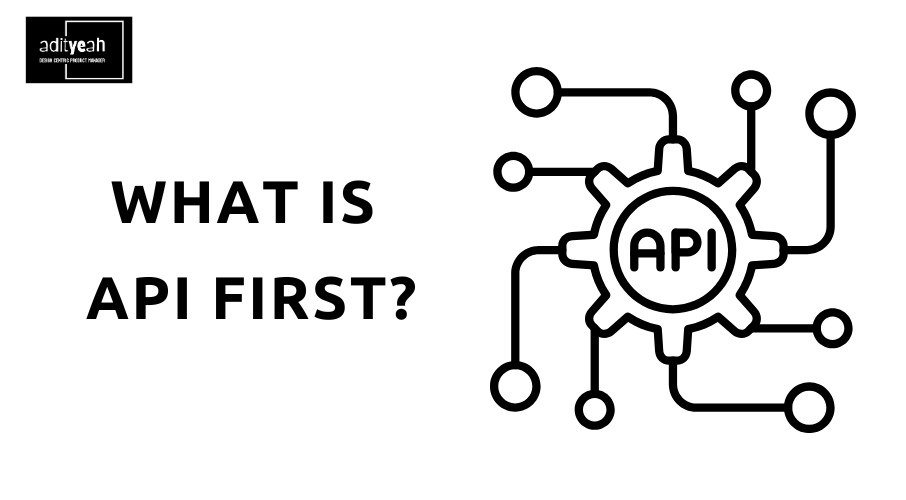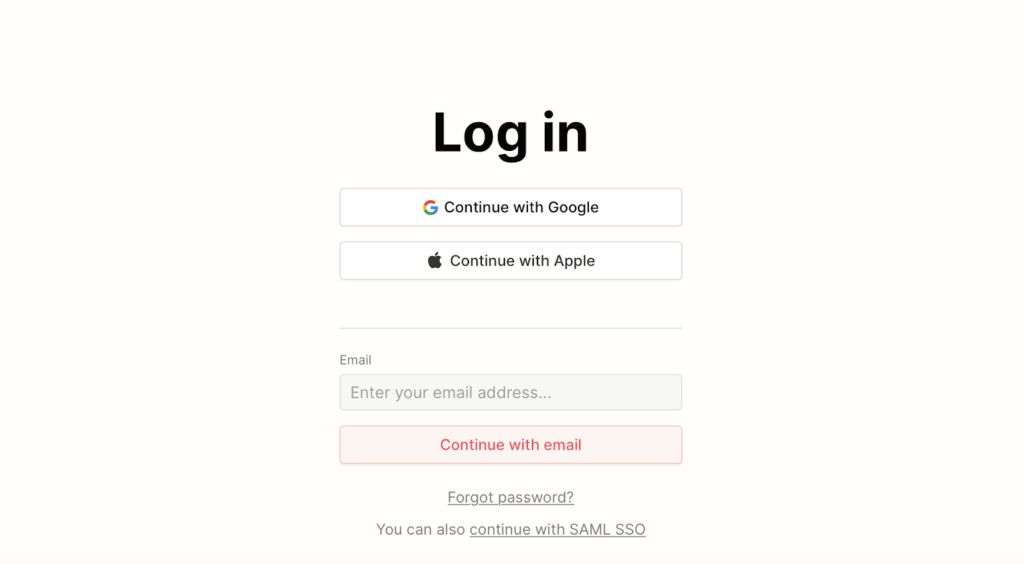What Is API-First? Unveiling the Technical and Business Perspectives

In today’s fast-evolving tech landscape, the API-first approach is making waves across industries. This isn’t just a trend—it’s a transformative strategy that’s reshaping how companies design, develop, and deliver software solutions. The data speaks for itself: more than 60 API-first companies in 2022 raised $50 million or more in funding, while API-first businesses collectively raised $14 billion. By 2030, experts predict that we’ll see around 1.7 billion active APIs, underlining their central role in the digital economy.
But what does “API-first” actually mean? Why is it so important for businesses today? And how can adopting this approach give organizations a competitive edge? Let’s dive into the technical and business dimensions of API-first development and uncover why it’s becoming a cornerstone of modern software architecture.
What Does API-First Mean?
To understand the API-first approach, it’s essential to grasp the concept of an API itself. An API, or Application Programming Interface, is a set of rules and protocols that allows different software applications to communicate with each other. APIs are like the bridges connecting apps, enabling them to exchange data and work together.
One of the most familiar examples is social media logins. Ever used a website that allows you to log in using Google, Facebook, or Apple? That’s an API at work, seamlessly connecting your social media account to the website you’re accessing.
In the API-first development model, APIs aren’t treated as afterthoughts. Instead, they are prioritized from the very beginning of the development process. This approach is rooted in the idea that APIs should be at the core of how software is designed and built, ensuring that applications are not just functional but also scalable, interoperable, and ready for integration.

The API-First Approach: Technical and Business Perspectives
The API-first methodology benefits both developers and businesses. Let’s explore these advantages from two key viewpoints.
1. Technical Perspective: A Developer’s Dream
From a technical standpoint, the API-first approach is about creating software that’s modular, interconnected, and future-proof. Here’s why it matters:
Seamless Integration and Connectivity
APIs act as the glue between different software components. Whether you’re building microservices or integrating third-party platforms, APIs ensure smooth communication and data sharing. This modularity makes it easier to assemble complex systems from smaller, reusable components.Cross-Platform Compatibility
APIs are designed to work seamlessly across devices and platforms, ensuring that software can cater to diverse user bases. Whether it’s a mobile app, a web application, or even IoT devices, APIs enable consistent experiences.Scalability and Flexibility
As businesses grow, so do their software requirements. APIs enable developers to scale systems by adding or updating components without disrupting the entire ecosystem. This adaptability is crucial in accommodating larger user bases and evolving business needs.Enhanced User Experiences Through Data Integration
APIs can pull data and features from various sources, creating applications that deliver richer, more dynamic user experiences. For example, a travel app can combine flight data, hotel availability, and weather forecasts—all through APIs.
2. Business Perspective: Unlocking New Opportunities

The API-first approach isn’t just a technical strategy—it’s a powerful business enabler. Companies like Stripe, Twilio, and AssemblyAI have demonstrated how API-first can drive growth and innovation. Here’s how it works:
Monetization Opportunities
APIs can be a revenue stream in themselves. Companies can charge for API usage, offer premium features, or establish partnerships with other businesses that rely on their APIs. For instance, Stripe’s APIs power payment systems globally, generating significant revenue.Expanding Market Reach
APIs enable third-party developers to build applications and services on top of your platform. This creates a developer ecosystem and helps your business expand its market presence. Think about how platforms like Twilio have become indispensable to developers building communication tools.Faster Time-to-Market
With APIs, companies can reuse existing software components, reducing development time. This allows startups and businesses to bring products to market faster, staying ahead of competitors.Competitive Edge Through Integration
In today’s software landscape, customers expect tools that integrate seamlessly with others. API-first companies are better positioned to meet this demand, providing superior integration options that attract and retain clients.Agility and Innovation
By prioritizing APIs, companies can quickly adapt to changing market conditions. APIs enable businesses to iterate and innovate faster, ensuring they stay relevant in dynamic industries.
Key industries for API-first development
While the API-first approach can bring value across various domains, here are sectors where this approach is especially beneficial.
Healthcare
In healthcare, APIs are crucial for bringing together multiple players and ensuring the data is shared between them in an accessible and secure manner.
- Healthcare organizations must securely transmit electronic health records (EHRs) and patient information among various providers, insurers, and systems. API-first integration ensures the seamless and secure exchange of medical data, improving patient care coordination.
- More than that, APIs enable the integrating of disparate healthcare systems, such as electronic medical record (EMR) systems, telehealth platforms, and diagnostic equipment. APIs also empower developers to create innovative healthcare applications, including mobile health (mHealth) apps, remote patient monitoring solutions, and telemedicine platforms. These applications can transform the way patients access care and manage their health.
For example, SmartHMS, an EHR provider, offers APIs that allow healthcare organizations to integrate patient data seamlessly. This enables healthcare providers to access patient records, exchange information securely, and improve care coordination.

Banking and finance
The financial industry relies heavily on data and transactions, making the API-first approach beneficial for improving services and operations.
- API-first strategies are at the heart of open banking initiatives, enabling financial institutions to expose their services and data to third-party developers securely. This encourages the creation of new financial products, and enhances customer experiences.
- APIs facilitate real-time access to financial data, enabling customers to view account balances, conduct transactions, and receive alerts instantly. This real-time capability is essential for online banking and mobile banking applications.
- APIs can be used for fraud detection and prevention services, enhancing security in financial transactions, and enabling rapid detection of suspicious activities and help mitigate fraud risks.
The most notable example here is, of course, Razorpay. Razorpay’s API-first approach revolutionized online payments. Its APIs enable businesses to integrate payment processing into their websites and apps seamlessly, simplifying the checkout process and enhancing the user experience.

Travel and hospitality
This industry relies on seamless customer experiences, making the API-first approach invaluable for improving services and expanding offerings.
- APIs allow travel companies to easily connect users with airlines, hotels, car rental services, and other providers, streamlining the booking and reservation process, and offering customers a one-stop-shop for travel arrangements.
- By leveraging APIs, travel companies can access customer data and preferences, enabling them to offer personalized recommendations, travel itineraries, and loyalty rewards. This personalization enhances the overall travel experience.
- APIs enable real-time access to pricing and availability information. Travel companies can adjust pricing based on demand and market conditions, maximizing their revenue and competitiveness.
Amadeus provides APIs for travel booking and reservation systems. Airlines, hotels, and travel agencies can integrate their APIs to offer comprehensive travel booking and management services, improving the traveler’s experience.

API-first approach and UX design
When you think about launching a SaaS business, you should always keep user experience (UX) at the forefront. And going for an API-first design is no exception.
The API-first design and development allows for a more personalized and seamless user experience. For example, by combining API functionality with thoughtful UX design you can better address users’ needs and preferences. APIs provide the data and functionalities necessary for a feature-rich application, while UX design ensures that these features are intuitive and user-friendly.
UX designers can also leverage APIs to streamline user journeys. For example, integrating geolocation APIs can enhance the user experience by providing location-based services, such as finding nearby stores or restaurants, letting users achieve their goals much easier.
Finally, the collaboration between API development teams and UX designers promotes an iterative approach to product development. Developers and designers rely on user feedback, as well as on each other’s insights to continuously improve the product.
About the Author


